What is this drug used for?
• It is used to treat schizophrenia.
• It is used to treat bipolar problems.
• It may be given for other reasons. Talk with the doctor.
Frequently reported side effects of this drug
• Fatigue
• Loss of strength and energy
• Headache
• Restlessness
• Vomiting
• Nausea
• Increased appetite
• Taste changes
• Numbness or tingling of mouth
• Weight gain
• Trouble sleeping
• Constipation
• Skin redness, itching, pain, swelling, or irritation
Other side effects of this drug: Talk with your doctor right away if you have any of these signs of:
• Infection
• High blood sugar like confusion, fatigue, increased thirst, increased hunger, passing a lot of urine, flushing, fast breathing, or breath that smells like fruit
• Abnormal heartbeat
• Slow heartbeat
• Fast heartbeat
• Shortness of breath
• Severe dizziness
• Passing out
• Abnormal movements
• Twitching
• Change in balance
• Trouble swallowing
• Trouble speaking
• Menstrual changes
• Enlarged breasts
• Nipple discharge
• Sexual dysfunction
• Mouth irritation or sores
• Seizures
• Neuroleptic malignant syndrome like fever, muscle cramps or stiffness, dizziness, severe headache, confusion, change in thinking, fast heartbeat, abnormal heartbeat, or sweating a lot
• Tardive dyskinesia like unable to control body movements; tongue, face, mouth, or jaw sticking out; mouth puckering; or puffing cheeks
• Signs of a significant reaction like wheezing; chest tightness; fever; itching; bad cough; blue skin color; seizures; or swelling of face, lips, tongue, or throat.
Note: This is not a comprehensive list of all side effects. Talk to your doctor if you have questions.
Pronunciation
(a SEN a peen)
Medication Safety Issues
Geriatric Patients: High-Risk Medication:
Beers Criteria: Antipsychotics are identified in the Beers Criteria as potentially inappropriate medications to be avoided in patients 65 years and older due to an increased risk of cerebrovascular accidents (stroke) and a greater rate of cognitive decline and mortality in patients with dementia. Antipsychotics may be appropriate for schizophrenia, bipolar disorder, other mental health conditions, or short-term use as antiemetic during chemotherapy but should be given in the lowest effective dose for the shortest duration possible. In addition, antipsychotics should be used with caution in older adults due to their potential to cause or exacerbate syndrome of inappropriate antidiuretic hormone secretion (SIADH) or hyponatremia; monitor sodium closely with initiation or dosage adjustments in older adults (Beers Criteria [AGS 2019]).
Storage and Stability
Store at 20°C to 25°C (68°F to 77°F); excursions permitted to 15°C to 30°C (59°F to 86°F).
Adverse Reactions
Cardiovascular: Hypertension (adults), orthostatic hypotension, prolonged Q-T interval on ECG, syncope, tachycardia
Central nervous system: Agitation (adults), akathisia (more common in adults), altered mental status, anxiety (adults), bipolar mood disorder (exacerbation; adults), disruption of body temperature regulation, dizziness, drowsiness (more common in children and adolescents), drug-induced Parkinson’s disease (children and adolescents), dystonia, extrapyramidal reaction (more common in adults), falling, fatigue, headache, insomnia (more common in adults), irritability, mania (adults), neuroleptic malignant syndrome, outbursts of anger (children and adolescents), suicidal ideation (children and adolescents), tardive dyskinesia
Dermatologic: Skin rash (children and adolescents)
Endocrine & metabolic: Decreased HDL cholesterol, dehydration (children and adolescents), increased LDL cholesterol, increased serum cholesterol (adults), increased serum glucose (more common in adults), increased serum prolactin, increased serum triglycerides (more common in adults), weight gain (more common in adults)
Gastrointestinal: Abdominal pain (more common in children and adolescents), constipation (adults), diarrhea, dysgeusia, dyspepsia (adults), glossalgia (children and adolescents), hyperinsulinism (children and adolescents), increased appetite, nausea, oral hypoesthesia, oral paresthesia, sialorrhea (adults), stomach discomfort (adults), swollen tongue, toothache (adults), vomiting, xerostomia (adults)
Genitourinary: Dysmenorrhea, galactorrhea not associated with childbirth
Hepatic: Increased liver enzymes, increased serum alanine aminotransferase, increased serum aspartate aminotransferase (children and adolescents), increased serum transaminases (adults)
Local: Application site erythema (transdermal), application-site pruritus (transdermal), application site reaction (transdermal)
Neuromuscular & skeletal: Arthralgia (adults), asthenia, increased creatine phosphokinase in blood specimen (adults), myalgia, muscle strain (children and adolescents)
Respiratory: Dyspnea (children and adolescents), nasal congestion (children and adolescents), nasopharyngitis (adults), oropharyngeal pain (children and adolescents), upper respiratory tract infection
Miscellaneous: Fever
Rare but important or life-threatening: Accommodation disturbance, anaphylaxis, anemia, angioedema, application site irritation, blurred vision, bundle branch block (temporary), choking sensation, diabetes mellitus, diplopia, dysarthria, dyslipidemia, dysphagia, exfoliation of skin (sublingual: oral mucosal), gastroesophageal reflux disease, hyperpigmentation, hypersensitivity reaction, hyponatremia, hypotension, leukopenia, neutropenia, oral inflammation (sublingual), oral mucosal ulcer (sublingual), oropharyngeal blister (sublingual), seizure, skin photosensitivity, thrombocytopenia, urinary incontinence, wheezing
–

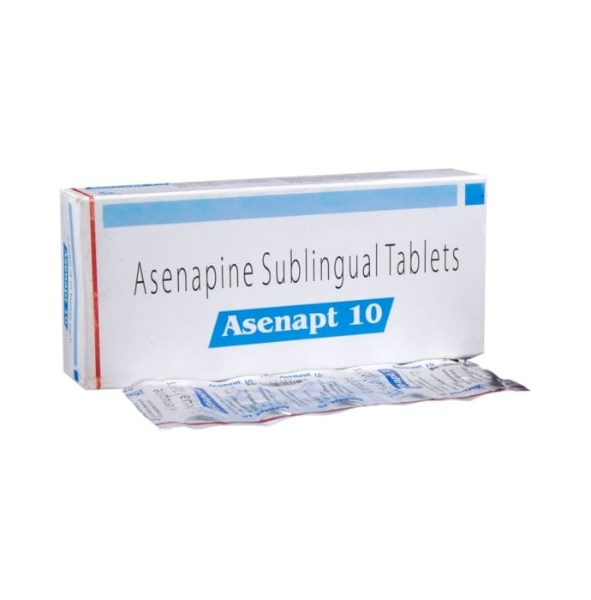
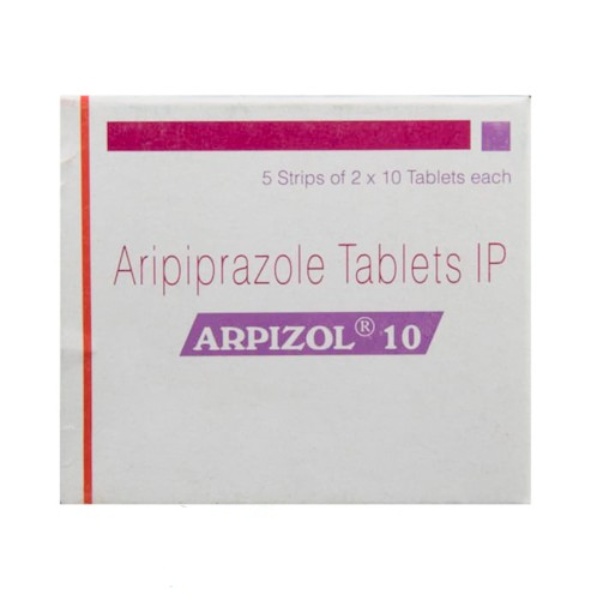
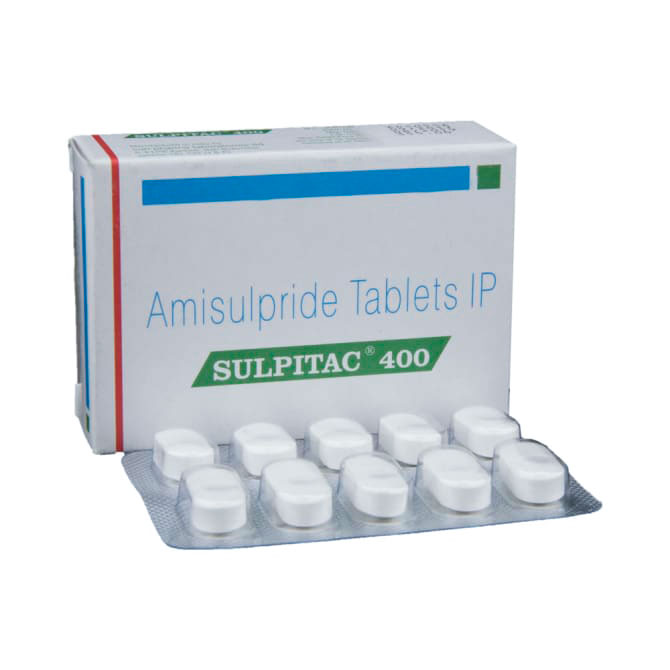
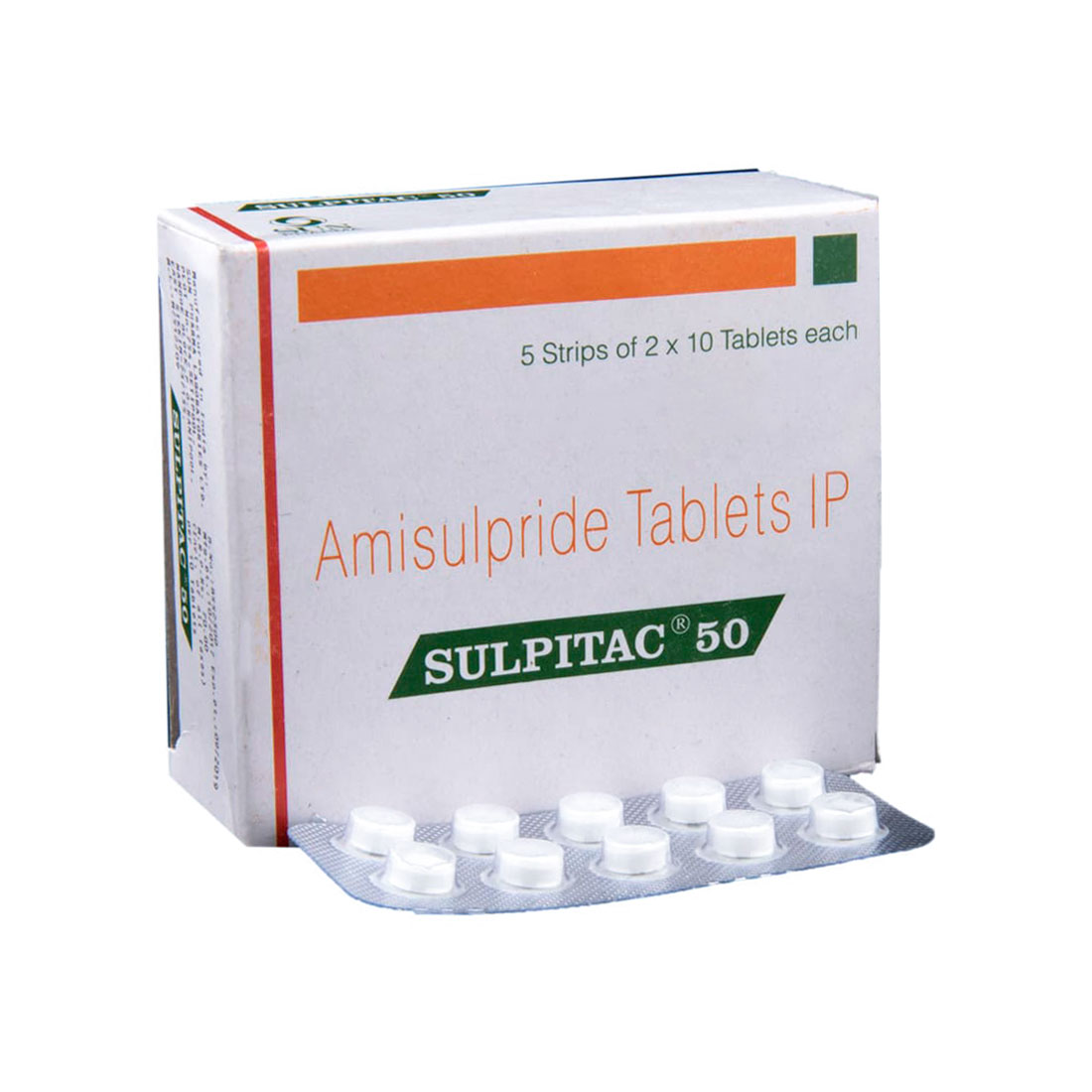
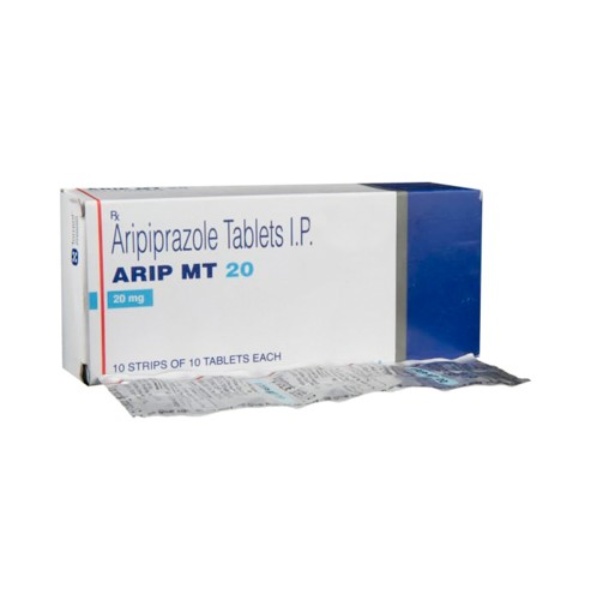
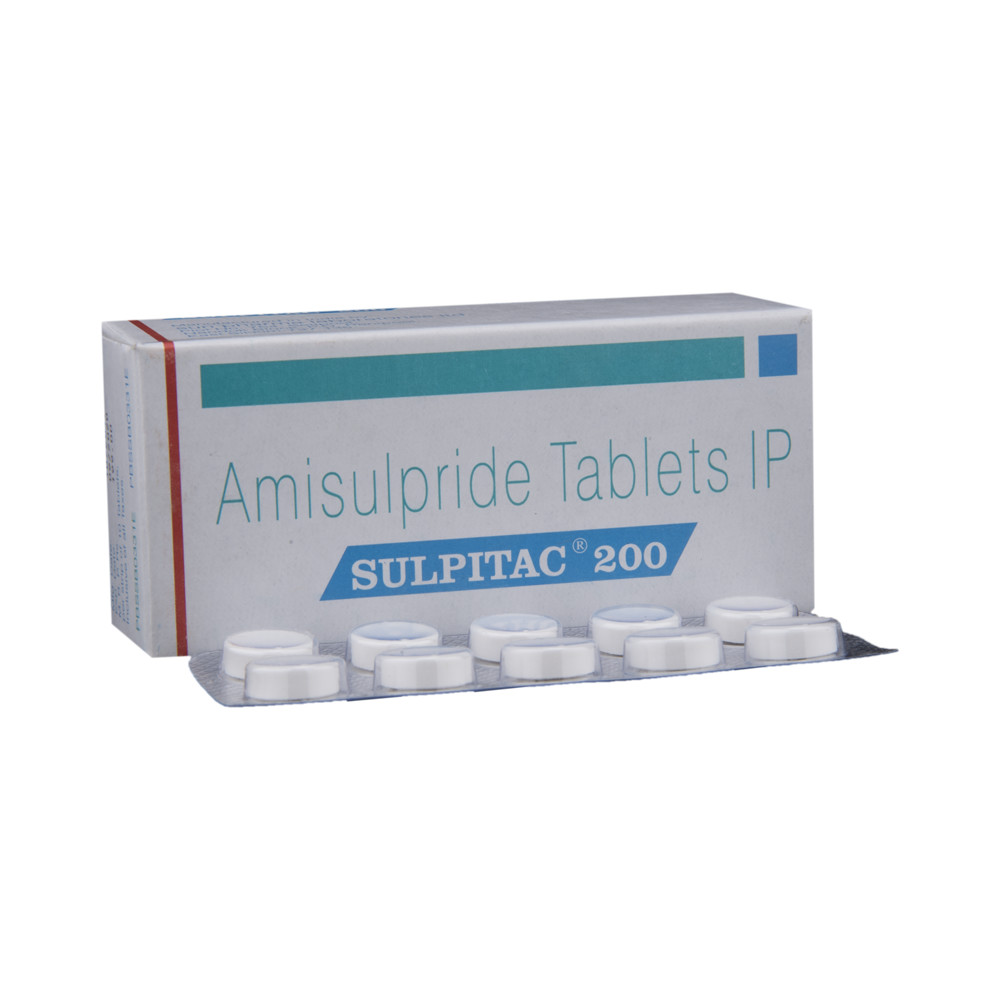
Reviews
There are no reviews yet.